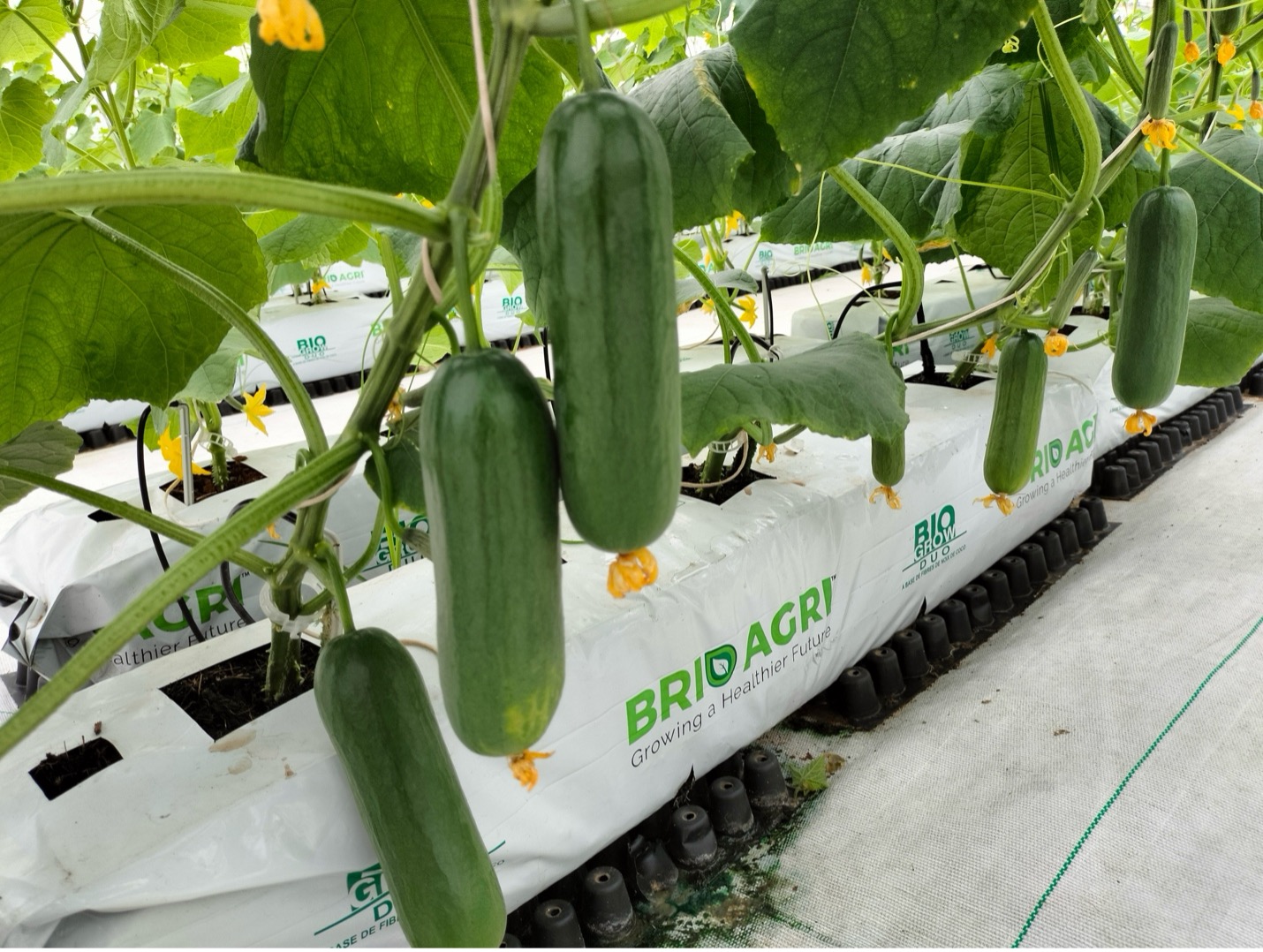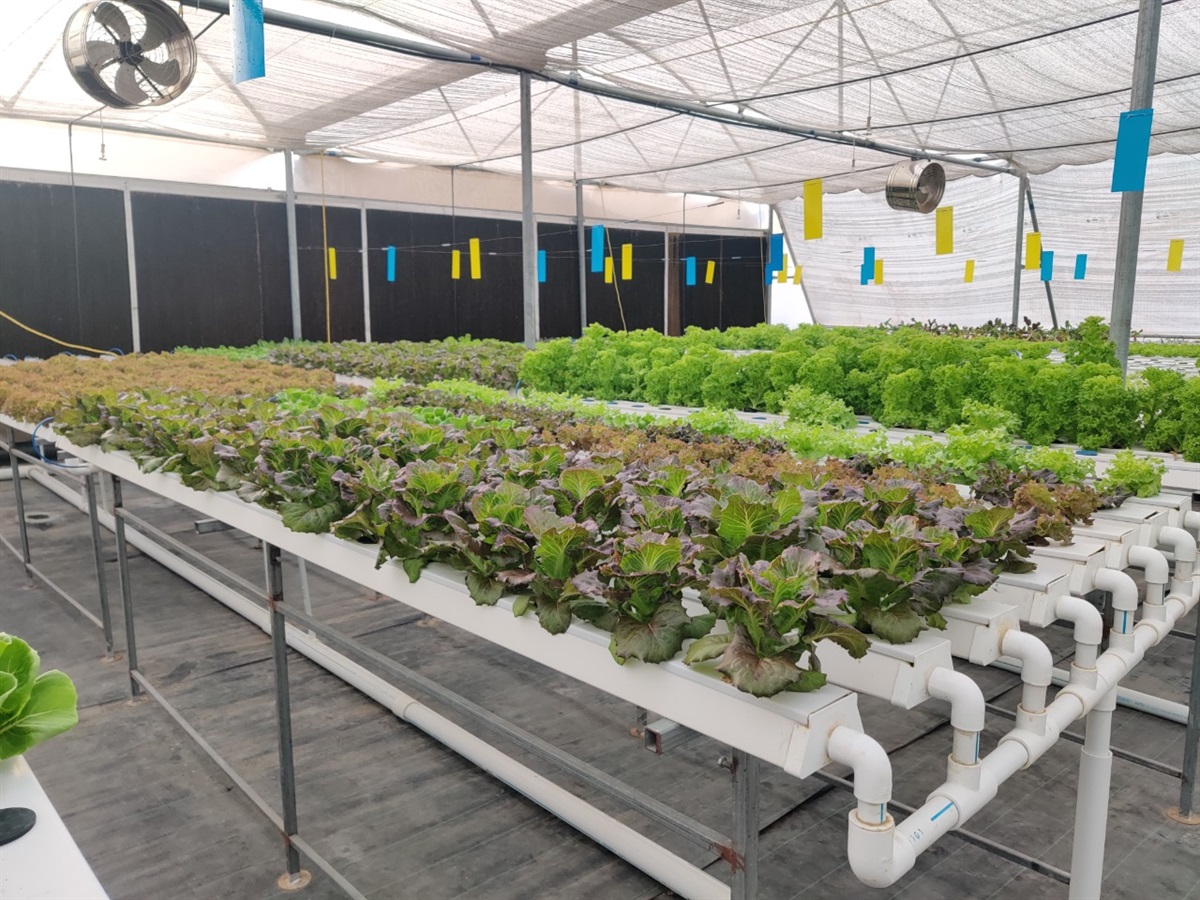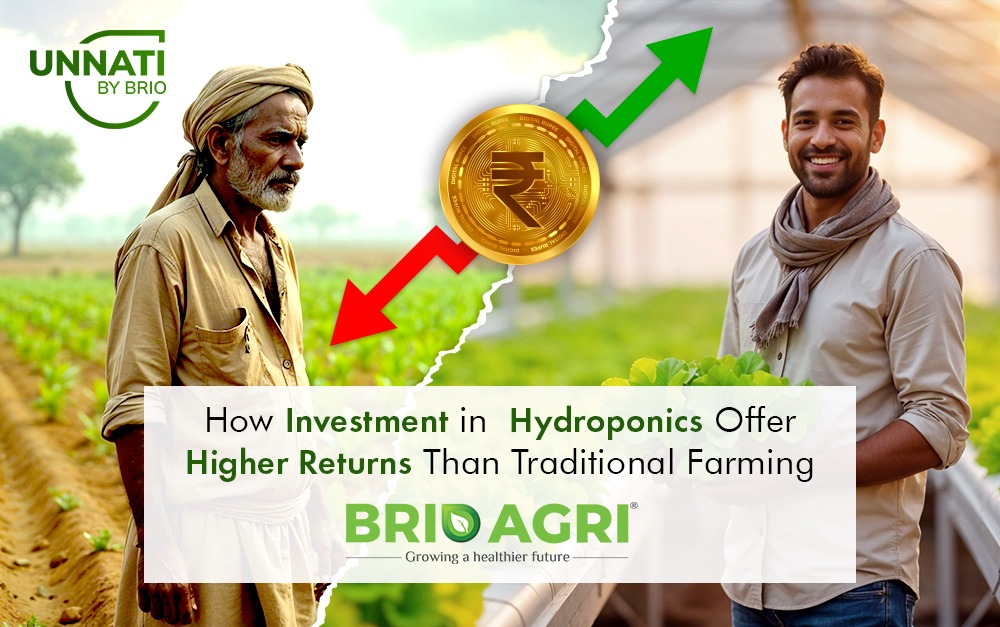In a world increasingly focused on sustainability, hydroponics farming emerges as a groundbreaking solution that promises not only ecological benefits but also substantial profits. Whether you’re an aspiring entrepreneur or a seasoned farmer looking to, the realm of hydroponics offers a unique blend of innovation and opportunity. This ultimate guide delves into the essential strategies for investing in hydroponics, showcasing its potential to yield fresh, nutrient-rich produce while minimizing environmental impact. As we explore the techniques, technologies, and market dynamics of hydroponics farming, you’ll discover how to unlock sustainable success in this thriving sector. Get ready to transform your understanding of agriculture and cultivate a profitable future with hydroponics!
Understanding Hydroponics Farming And Its need In Modern Time Frame
Hydroponics farming represents a revolutionary approach to agriculture, leveraging technology to grow plants without soil. This method uses nutrient-rich water solutions to nourish plants, allowing them to thrive in controlled environments. The need for hydroponics has never been more crucial, as global populations rise and traditional farming faces significant challenges, such as diminishing arable land, water scarcity, and climate change. Hydroponics offers a sustainable solution by utilizing less water, reducing land use, and providing the ability to grow crops year-round, regardless of external weather conditions.
The essence of hydroponics lies in its efficiency. Traditional farming methods can be highly resource-intensive, requiring substantial amounts of water, fertilizers, and pesticides, often leading to environmental degradation. In contrast, hydroponics systems recirculate water and nutrients, significantly reducing waste and runoff. This closed-loop system ensures that plants receive precise amounts of nutrients, leading to faster growth rates and higher yields. Moreover, because hydroponics farming can be conducted indoors, it shields crops from pests and diseases, further decreasing the need for chemical interventions.
As urbanization continues to encroach upon agricultural land, hydroponics farming provides a viable alternative that can be implemented in urban settings. Vertical farming, a subset of hydroponics, utilizes vertical space to maximize crop production in small areas, making it ideal for cities. By bringing food production closer to consumers, hydroponics reduces the carbon footprint associated with transportation and ensures fresher produce. This innovative farming method not only addresses food security but also aligns with global sustainability goals, making it an attractive investment for the future.
Comparing Financials of Traditional Farming and Hydroponics Farming
When comparing hydroponics to traditional farming, the economic advantages of hydroponics become evident. One of the most significant benefits is the reduction in water usage. Traditional farming can consume vast amounts of water, especially in arid regions where water is a precious resource. Hydroponics, however, uses up to 90% less water by recycling and reusing nutrient solutions. This efficiency not only conserves water but also lowers operational costs, making hydroponics an economically viable option in the long run.
Labor costs in hydroponics farming can also be lower compared to traditional farming. Automation plays a crucial role in modern hydroponics systems, with technologies such as automated nutrient delivery, climate control, and monitoring systems reducing the need for manual labor. While the initial setup costs for hydroponics can be higher due to the need for specialized equipment and infrastructure, these investments are offset by the reduced labor and operational costs over time. Additionally, with higher crop yields and faster growth cycles, hydroponics can generate higher revenue per square foot of growing space.
Another economic consideration is the consistency and quality of produce. Hydroponics systems provide a controlled environment that mitigates the risks associated with weather fluctuations, pests, and diseases, which can devastate traditional crops. This reliability ensures a steady supply of high-quality produce, which can command premium prices in the market. Moreover, the ability to grow crops year-round allows hydroponics farmers to tap into off-season markets, further enhancing profitability. Overall, the economic benefits of hydroponics farming make it a compelling investment for those looking to enter the advanced agricultural sector.

Choosing The Right Crops For Hydroponics
Selecting the right crops for hydroponics farming is crucial for maximizing profitability and ensuring the success of the venture. Leafy greens, such as lettuce, spinach, and kale, are among the most popular choices for hydroponics due to their fast growth rates and high market demand. These crops thrive in hydroponic systems and can be harvested multiple times in a year, providing a steady income stream. Furthermore, leafy greens are less prone to diseases and pests, making them easier to manage in a controlled environment.
Herbs, including basil, mint, and cilantro, are also excellent candidates for hydroponics farming. These high-value crops have a relatively short growth cycle and can be sold fresh or dried, offering versatility in the market. The demand for fresh herbs is consistently high, driven by the culinary and pharmaceutical industries. Growing herbs hydroponically ensures a continuous supply of fresh, aromatic produce that can be marketed to restaurants, grocery stores, and health-conscious consumers.
For those looking to diversify their crop portfolio, hydroponics systems can also accommodate fruiting plants such as tomatoes, strawberries, and cucumbers. These crops require more space and support structures but can yield high returns due to their popularity and market value. Additionally, exotic and specialty crops, such as microgreens and edible flowers, can be grown hydroponically to cater to niche markets. By carefully selecting crops based on market demand, growth characteristics, and profitability, hydroponics farmers can optimize their operations and achieve sustainable success.
Return on Investment in Hydroponics Farming
Understanding the potential return on investment (ROI) is essential for anyone considering hydroponics farming. While the initial setup costs can be substantial, including expenses for equipment, infrastructure, and technology, the long-term financial benefits can be significant. One of the primary factors contributing to a favorable ROI is the high yield potential of hydroponics systems. With optimized nutrient delivery and controlled environmental conditions, plants grow faster and produce higher yields compared to traditional farming methods. This increased productivity translates to higher revenue and quicker recoupment of initial investments.
Another critical aspect of ROI in hydroponics farming is the ability to produce crops year-round. Traditional farming is often limited by seasonal changes and adverse weather conditions, which can disrupt crop production and revenue streams. In contrast, hydroponics systems operate in controlled environments, allowing for continuous cultivation regardless of external factors. This year-round production capability ensures a steady income and reduces the financial risks associated with fluctuating market conditions. Additionally, the consistent quality and freshness of hydroponically grown produce can command premium prices, further enhancing profitability.
Diversification is another strategy to maximize ROI in hydroponics farming. By growing a variety of crops, farmers can tap into different market segments and reduce dependency on a single crop. This approach not only spreads risk but also allows for better market positioning and the ability to capitalize on emerging trends. Furthermore, value-added products, such as packaged salads, herbal teas, and specialty greens, can provide additional revenue streams and higher profit margins. By leveraging the unique advantages of hydroponics farming and implementing strategic planning, investors can achieve a robust and sustainable ROI.
Risk Factors and Mitigation Strategies
Like any agricultural venture, hydroponics farming comes with its share of risks. One of the primary concerns is the dependency on technology and infrastructure. Equipment malfunctions, power outages, and system failures can disrupt production and lead to significant losses. To mitigate these risks, it is crucial to invest in high-quality, reliable equipment and have backup systems in place. Regular maintenance and monitoring can help identify potential issues before they escalate. Additionally, having a contingency plan, such as backup generators or alternative nutrient delivery methods, can ensure continuity in case of emergencies.
Another risk factor is the initial capital investment required for setting up a hydroponics farm. The cost of advanced technology, infrastructure, and training can be substantial, and securing financing can be challenging. To address this, aspiring hydroponics farmers should conduct thorough market research, develop a comprehensive business plan, and explore various funding options, such as grants, loans, and partnerships. Demonstrating the long-term profitability and sustainability of the venture can attract investors and financial support. Additionally, starting with a smaller, scalable operation can help manage costs and gradually expand as the business grows.
Market dynamics and consumer preferences also pose risks to hydroponics farming. Changes in market demand, competition, and price fluctuations can impact profitability. To mitigate these risks, it is essential to stay informed about market trends, consumer preferences, and industry developments. Diversifying crop selection and exploring niche markets can provide a competitive edge and reduce dependency on a single product. Building strong relationships with buyers, such as local grocery stores, restaurants, and distributors, can ensure a steady market for hydroponically grown produce. By proactively addressing these risks and implementing strategic measures, hydroponics farmers can build resilient and successful operations.

Conclusion and Future Trends in Hydroponics Farming
In conclusion, hydroponics farming offers a promising and innovative solution to the challenges faced by traditional agriculture. With its ability to conserve resources, reduce environmental impact, and produce high-quality crops year-round, hydroponics is poised to play a significant role in the future of sustainable farming. By understanding the economic benefits, selecting the right crops, and implementing effective risk mitigation strategies, investors can unlock substantial profits and contribute to a more sustainable food system.
Looking ahead, the future of hydroponics farming is bright, with several emerging trends and advancements set to shape the industry. Technological innovations, such as artificial intelligence, machine learning, and the Internet of Things (IoT), are revolutionizing hydroponics systems, making them more efficient, automated, and data-driven. These technologies enable precise control over growing conditions, real-time monitoring, and predictive analytics, further enhancing productivity and reducing operational costs. As technology continues to evolve, hydroponics farming will become even more accessible and efficient, opening up new opportunities for growth and innovation.
Sustainability will remain a key focus in the evolution of hydroponics farming. As global awareness of environmental issues increases, consumers are seeking out sustainable and locally grown produce. Hydroponics systems, with their reduced resource consumption and minimal environmental footprint, align with these consumer preferences. Additionally, urban farming and vertical farming are gaining traction, bringing food production closer to urban populations and reducing the carbon footprint associated with transportation. By embracing these trends and continuously innovating, hydroponics farmers can position themselves at the forefront of the sustainable agriculture movement and secure a prosperous future.


